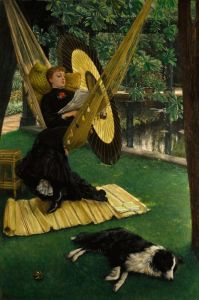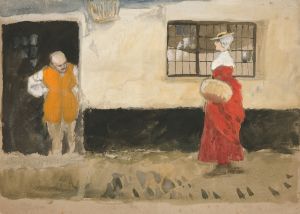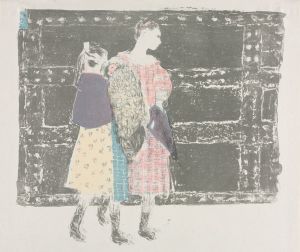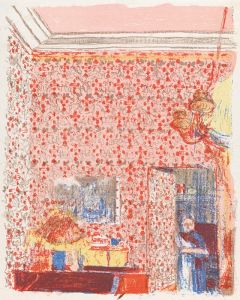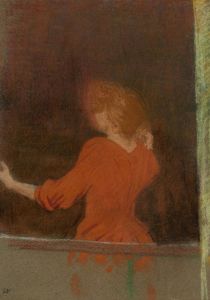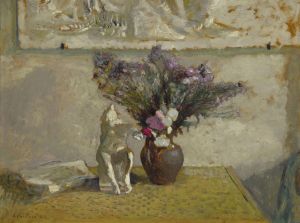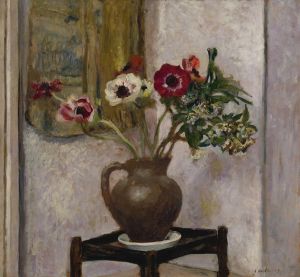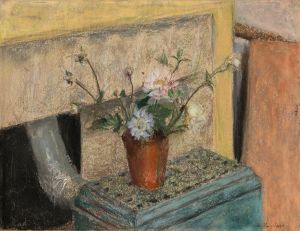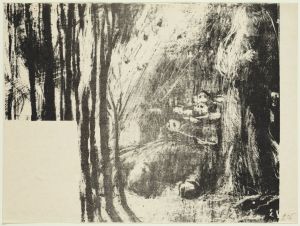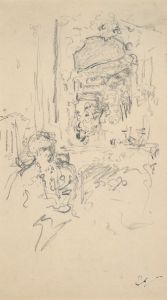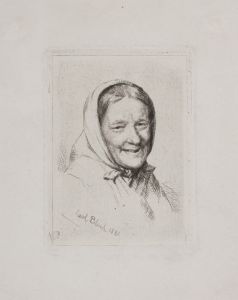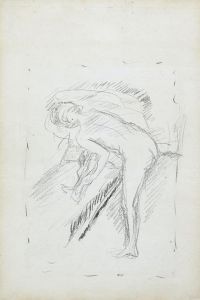
Madame Fried
A hand-painted replica of Édouard Vuillard’s masterpiece Madame Fried, meticulously crafted by professional artists to capture the true essence of the original. Each piece is created with museum-quality canvas and rare mineral pigments, carefully painted by experienced artists with delicate brushstrokes and rich, layered colors to perfectly recreate the texture of the original artwork. Unlike machine-printed reproductions, this hand-painted version brings the painting to life, infused with the artist’s emotions and skill in every stroke. Whether for personal collection or home decoration, it instantly elevates the artistic atmosphere of any space.
Édouard Vuillard, a prominent French painter associated with the Nabi movement, created the painting "Madame Fried" in the late 19th or early 20th century. Vuillard is renowned for his intimate domestic interiors and his ability to capture the subtleties of everyday life. His work often features rich patterns and textures, reflecting his interest in the decorative arts and his background in printmaking and design.
"Madame Fried" exemplifies Vuillard's characteristic style, which blends elements of Impressionism and Post-Impressionism with a unique focus on the decorative aspects of his subjects. Vuillard was known for his use of muted colors and intricate patterns, often incorporating wallpaper and textiles into his compositions to create a sense of depth and complexity. This approach is evident in "Madame Fried," where the interplay of patterns and textures adds a layer of visual interest to the depiction of the subject.
The painting portrays Madame Fried, a figure who, like many of Vuillard's subjects, is likely to have been part of his social circle. Vuillard often painted friends, family members, and acquaintances, capturing them in relaxed, informal settings. His works are noted for their psychological depth, as he sought to convey the inner life of his subjects through their surroundings and expressions.
Vuillard's technique involved the use of small, delicate brushstrokes and a limited color palette, which he employed to create a sense of intimacy and immediacy. In "Madame Fried," these techniques are used to great effect, drawing the viewer into the scene and inviting them to explore the intricate details of the composition. The painting's focus on the domestic sphere is typical of Vuillard's oeuvre, reflecting his interest in the private lives of his subjects and the environments they inhabited.
The Nabi movement, of which Vuillard was a key member, was characterized by its rejection of naturalism and its embrace of symbolism and abstraction. The Nabis sought to create art that was both decorative and expressive, and Vuillard's work exemplifies these principles. His paintings often blur the line between fine art and decorative art, incorporating elements of both to create works that are visually striking and emotionally resonant.
Vuillard's influence can be seen in the work of later artists who explored similar themes of domesticity and intimacy. His ability to capture the essence of his subjects through their environments has been widely admired, and his work continues to be celebrated for its unique blend of realism and abstraction.
"Madame Fried" is a testament to Vuillard's skill as a painter and his ability to convey the complexity of human experience through the medium of paint. The painting remains an important example of Vuillard's contribution to the development of modern art, reflecting his innovative approach to composition and his deep understanding of the interplay between people and their surroundings.





